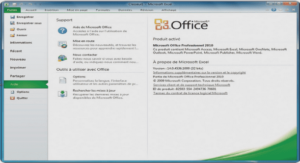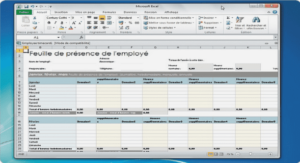NIM: From A to Z in AIX 4.3
The basics of Network Installation Management (NIM) will form the building blocks of any NIM environment. These basics can be related to the parts or objects within NIM. By maximizing networks, machines, resources, and groups, we will be able to approach NIM’s full potential. The first question to be answered is: What is NIM? Once users have gained an understanding of what NIM is and what it does, we can proceed to its setup, administration, and maintenance. Where procedures are detailed, the user has the option of choosing the Web-Based System Manager GUI, the smitty panels, or the command line. This chapter will close by focusing onhow NIM has progressed since AIX Version 3.2.5 and the enhancements in the latest version. If we look at the NIM family tree, we can trace its origins to Diskless Workstation Management (DWM) and NetInstl, which were available with AIX Version 3.2. NetInstl allowed the installation of the base operating system. DWM was used to minimize the disk requirements on individual dataless/diskless workstations by allowing most system, application, and data files to be stored on remote servers. AIX Version 4.1 built on these offerings, but its major advantage over its predecessor was the capability to push centrally-managed resources. AIX Version 4.2 saw enhancements in usability primarily in the smitty interface. Usability was further enhanced in AIX Version 4.2.1 by the VSM GUI for NIM. The users could use the VSM interface to control NIM, including drag and drop support. ATM networks were supported. Major headway was made in AIX Version 4.3.0. A Web-Based System Manager was introduced and alternate disk installation support were
introduced; the user had the option of controlling clients joining the NIM environment, and the global resource exporting feature was added. Checking of the CPU-ID was made optional. The ability to create boot image types corresponding to the defined clients during SPOT creation was added. This prevents NIM from creating all the boot images whether they will be needed or not. If new clients that will need other boot images that were not created earlier are defined, they will be created during SPOT allocation. In Version 4.3.1, support for secure rcmds was added to NIM. NIM locks were changed in Version 4.3.2 to allow more parallelism; smitty and Web-Based System Manager were given the IEEE802.3 attribute, and changes were made toallow concurrent execution control. This brings us to the present and Version 4.3.3. This heralded improvements to NIM itself. Security was improved, influenced no doubt by SPs. Scalability was improved in terms of the multithreaded nimesis daemon, the nim_script resource location, and the ability to propagate resources.
NIM permits the installation and maintenance of AIX, its basic operating system, and additional software and fixes that may be applied over a period of time over token-ring, ethernet, FDDI, and ATM networks. NIM also permits the customization of machines both during and after installation. As a result, NIM has eliminated the reliance on tapes and CD-ROMs for software installation; the onus, in NIM’s case, is on the network. NIM will allow one machine to act as a master in the environment. This machine will be responsible for storing information about the clients it supports, the resources it or other servers provide to these clients, and the networks on which they operate.
A NIM environment is typical of any client-server environment. You have client machines accessing resources that are remotely held on servers. In the NIM environment, there is also the additional requirement that these resources bring stand-alone, dataless, and diskless machines to a running state. It is obvious, then, that certain resources are required to support the operation of systems within the NIM environment. This capability is dependent upon the functionality of the network. The objects that compose the ODM database are machines, networks, resources, and groups. When we speak of their characteristics, we are referring to their attributes that are part of their initial definition. In this definition, we also assign the objects a name. This name is for NIM purposes only and may be totally different from any defining physical characteristic it may have. To have a functioning environment, the following conditions mustbe met:




